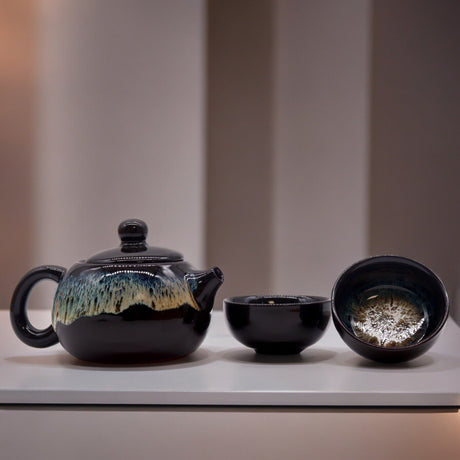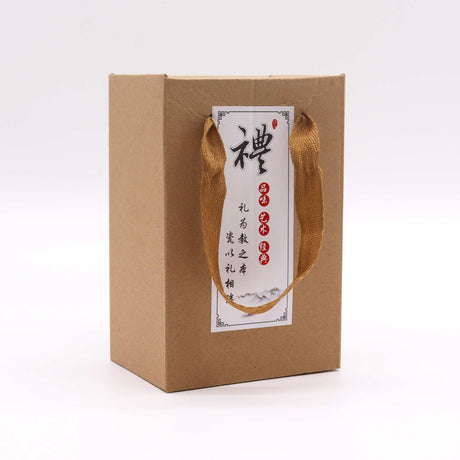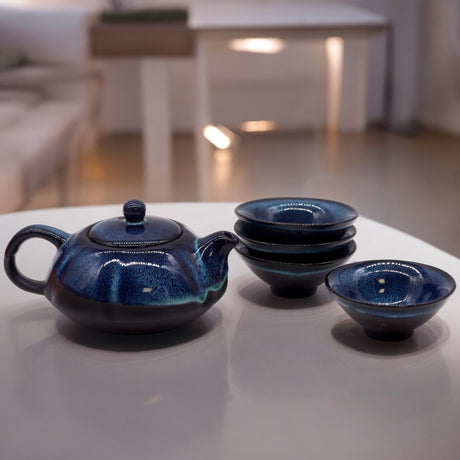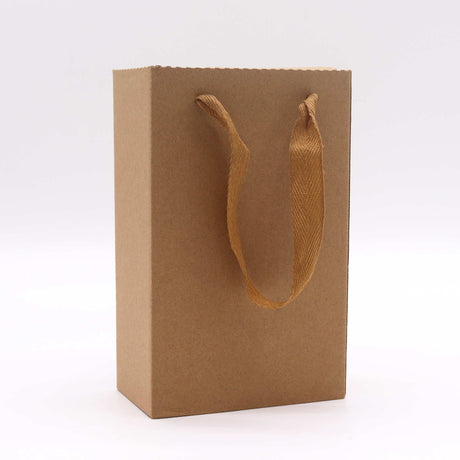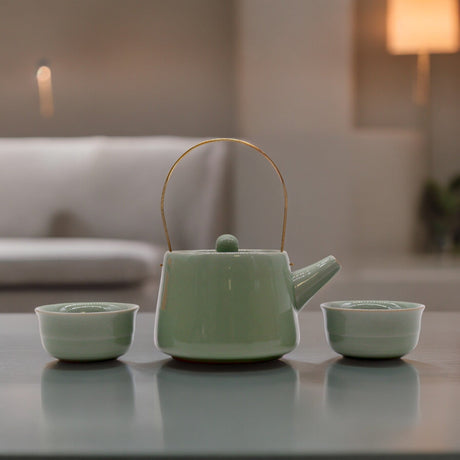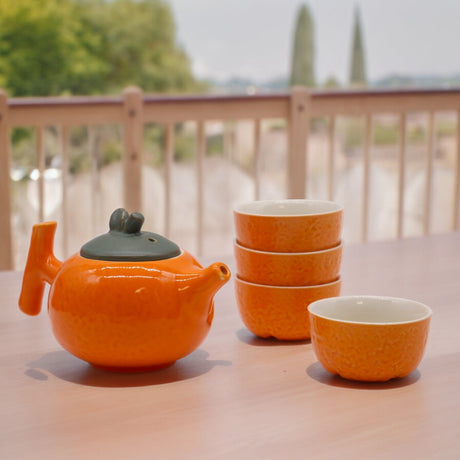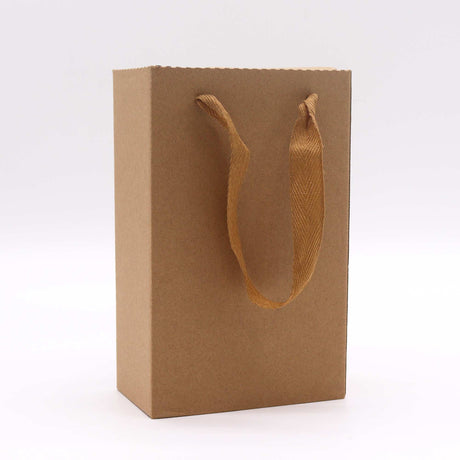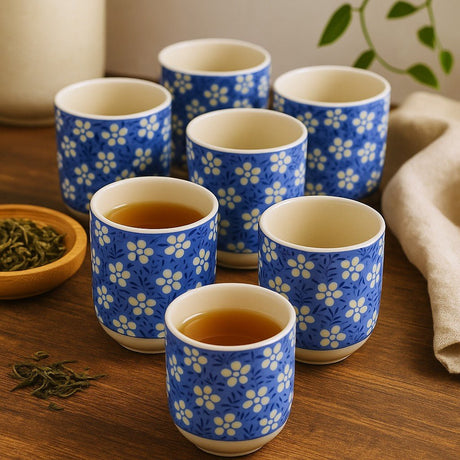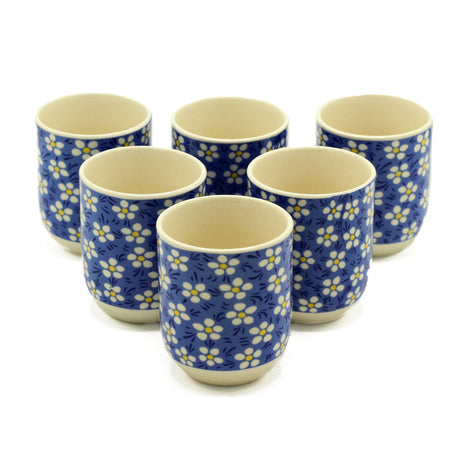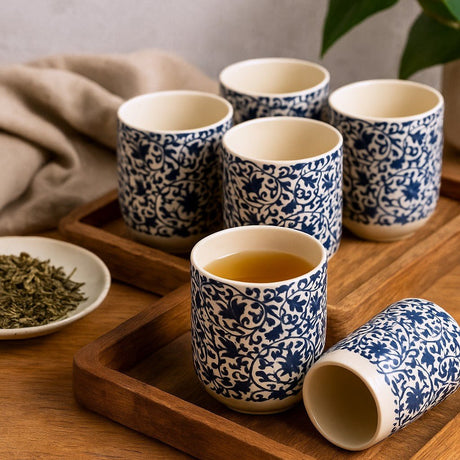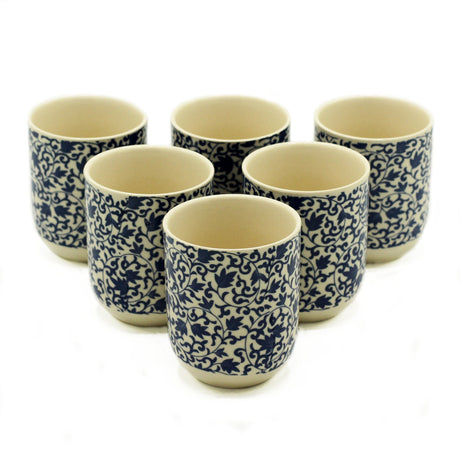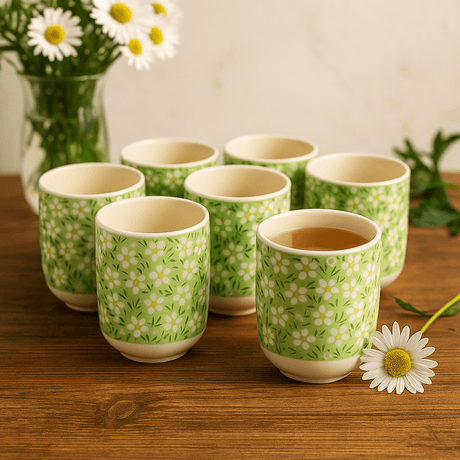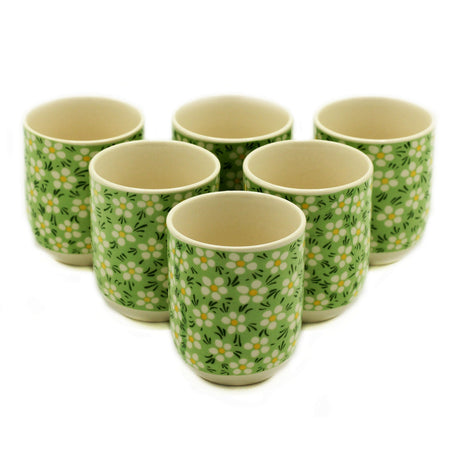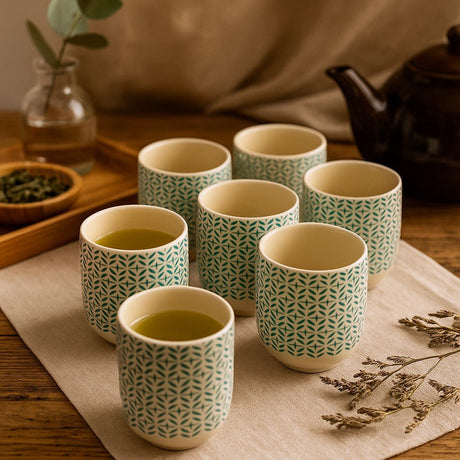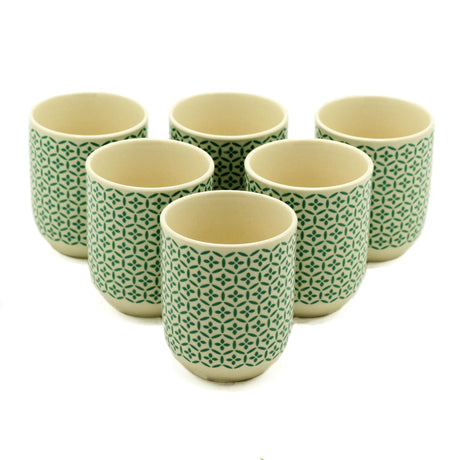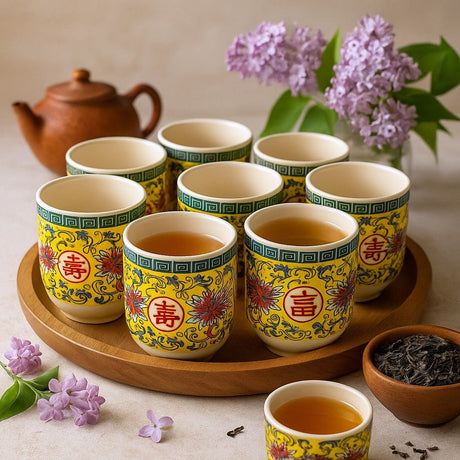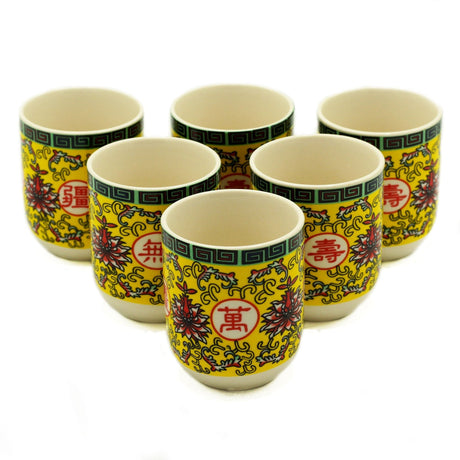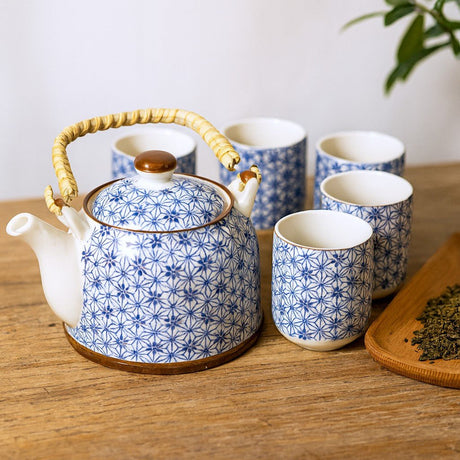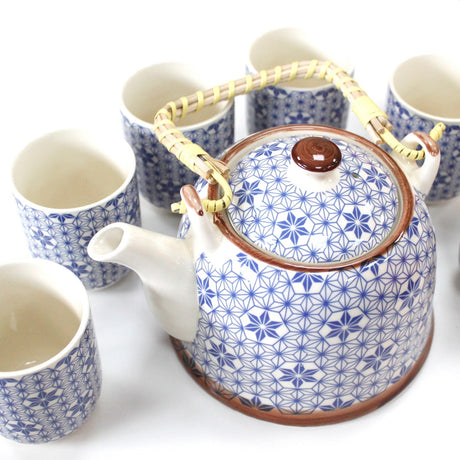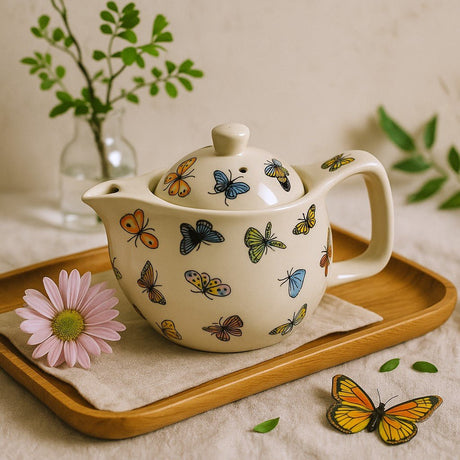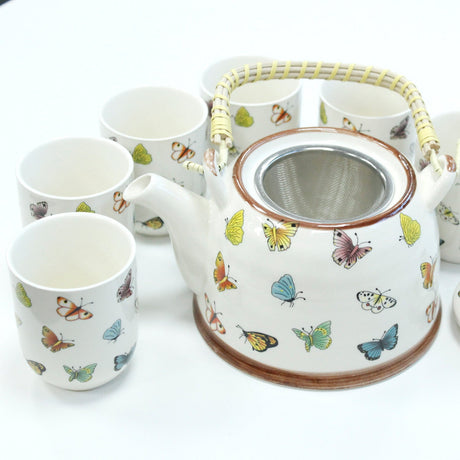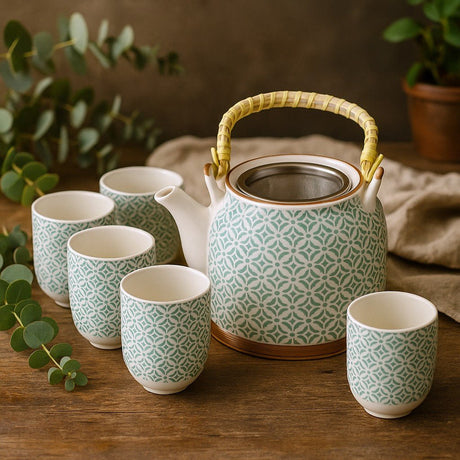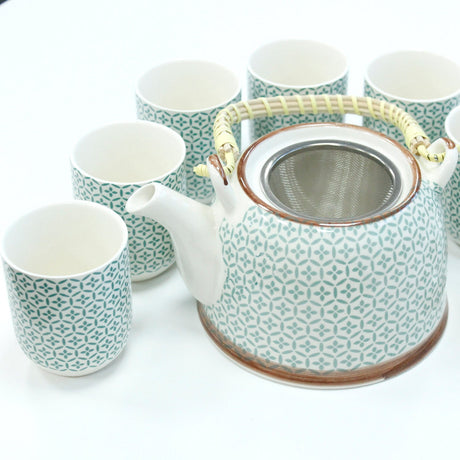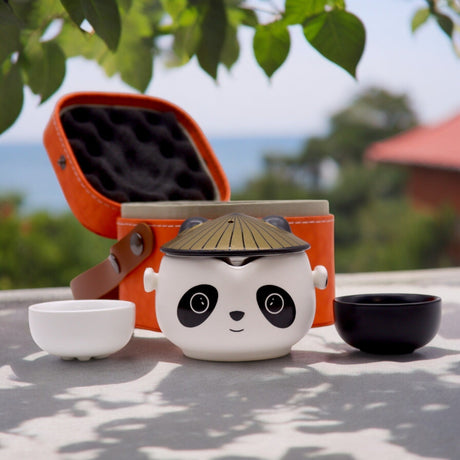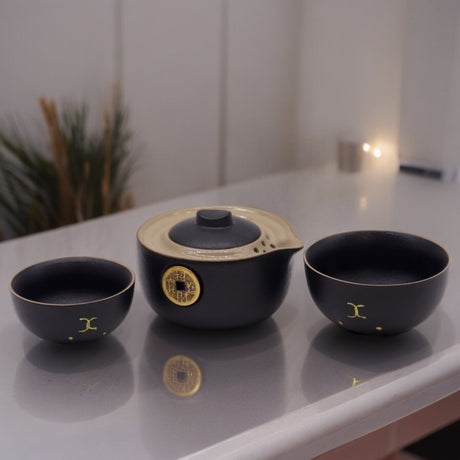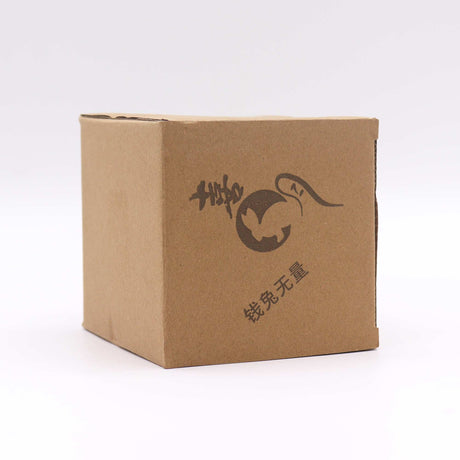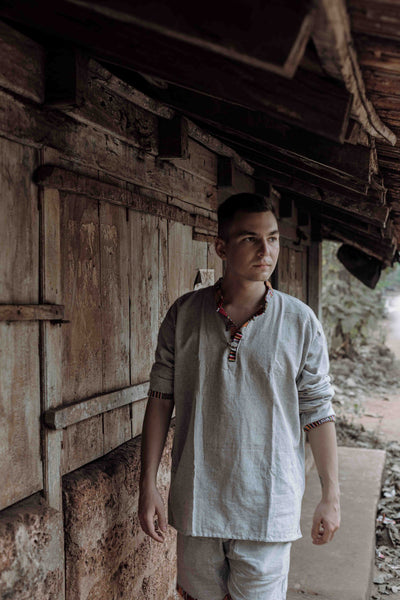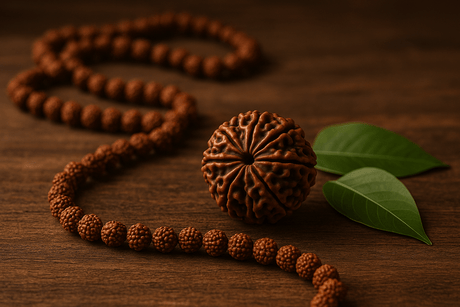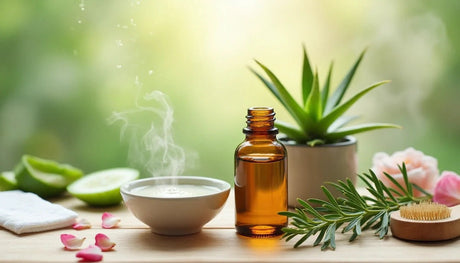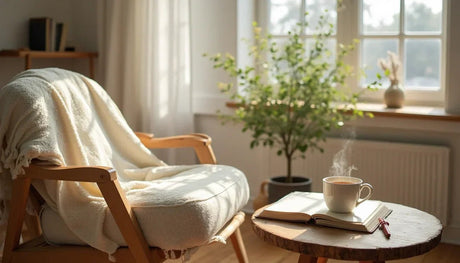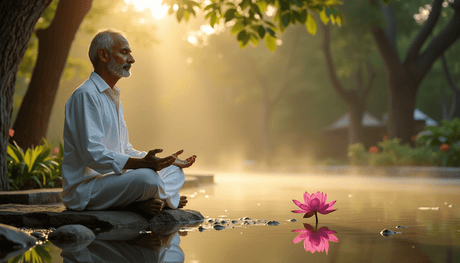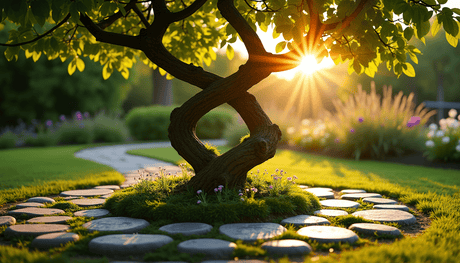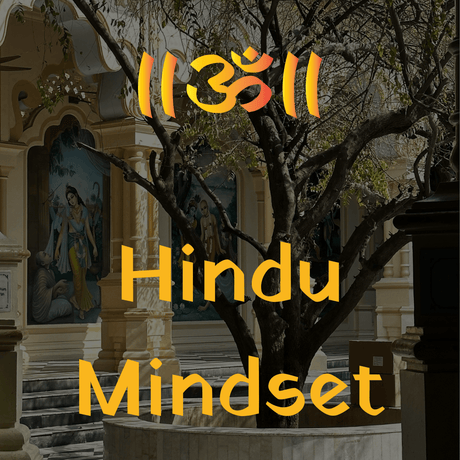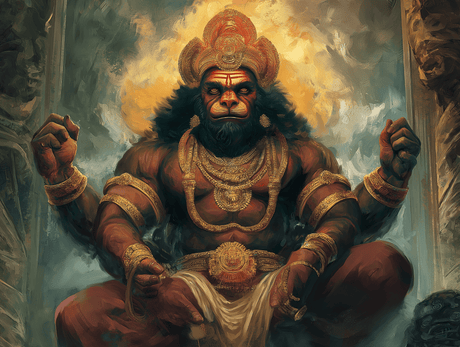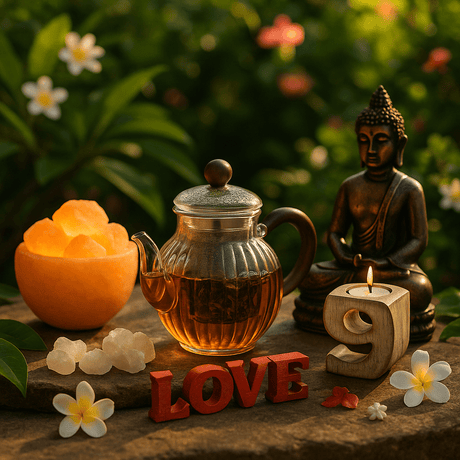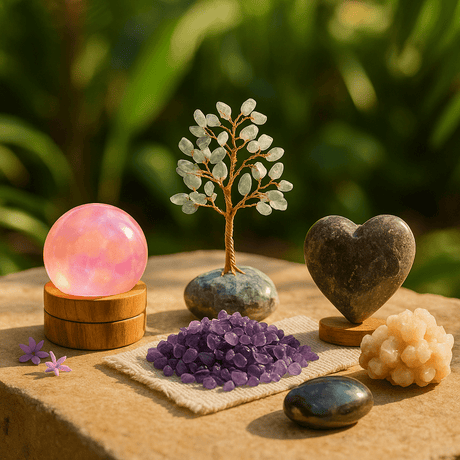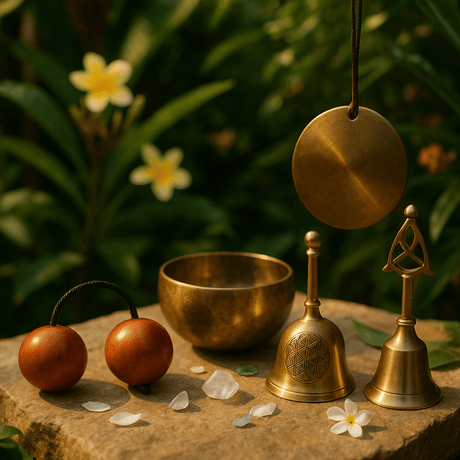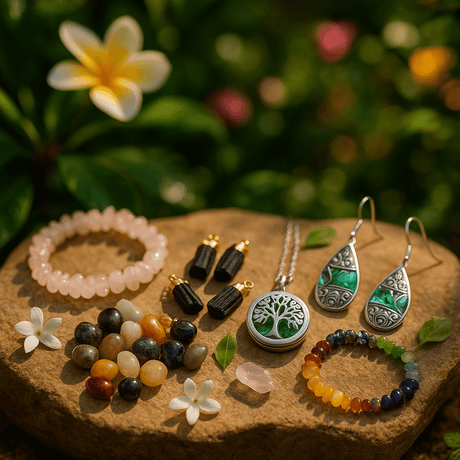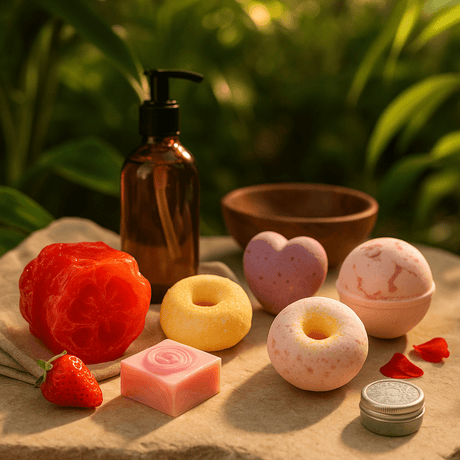Cacao Ceremonies are an ancient practice where the sacred consumption of raw cacao opens pathways to introspection, healing, and spiritual insight. Revered as the "food of the gods", raw cacao has been cherished by indigenous cultures for its potent spiritual and medicinal benefits. As this tradition resurfaces in modern wellness, it's tailored through various expressions, from ecstatic dance to meditative journeys, each aiming to harness cacao's transformative power. In this guide, we unravel the essence of Cacao Ceremonies, their rich history, and the profound experiences they offer.
What is a Cacao Ceremony?
A Cacao Ceremony, rooted in the ancient traditions of the Mayan and Aztec cultures, is a spiritual gathering where participants drink ceremonial-grade cacao. This revered ritual, which has surged in popularity thanks to enthusiasts like Keith, is more than just a beverage experience — it's a journey into mindfulness and heritage.
The cacao used in these ceremonies is sourced from the theobroma cacao tree, known for its rich, sacred significance and processed minimally to retain its potent qualities. Unlike the common chocolate, ceremonial cacao is rich in cacao butter, fermented, dried, and crucially, not roasted, preserving its fine flavor and energetic potency.
Participants often explore different varieties of cacao, such as the smooth and heart-opening criollo or the grounding forastero, each bringing unique characteristics to the ceremony. Whether hosted by experienced facilitators or conducted personally at home, a Cacao Ceremony offers an immersive experience for introspection, connection, and spiritual awakening, inviting individuals to delve into a deeper level of consciousness and communal experience.
Historical and Cultural Origins of Cacao Ceremonies
Cacao ceremonies have deep historical roots in Mesoamerican cultures, primarily the Olmecs, Mayans, and Aztecs, dating back to 1500 B.C. These civilizations revered cacao as a sacred substance, integral to religious rituals and significant life events. The Aztecs used it in sacrificial ceremonies and believed cacao had divine origins, while the Mayans associated it with creation myths, depicting gods interacting with cacao pods.
In these ancient cultures, cacao was not only a spiritual medium but also had medicinal applications, treating ailments like fatigue and fever. Its introduction to Europe expanded its use to digestive health, nutritional supplementation, and mood enhancement. This historical context highlights cacao's longstanding value as both a spiritual and healing agent in human history.

What Happens in a Cacao Ceremony?
During a cacao ceremony, participants drink cacao in a ritualistic setting, often led by a facilitator. These ceremonies can include meditation, dancing, singing, sharing, and setting intentions, all aimed at opening the heart and fostering a deep sense of connection and introspection.
Historically, in ancient Mesoamerican cultures like the Mayans and Aztecs, cacao ceremonies were sacred rituals tied to significant events, religious rites, and transitions, often involving elaborate rituals and offerings to the gods. Cacao was consumed as a bitter beverage mixed with spices or chili, not the sweetened chocolate we know today.
In contemporary ceremonies, the essence of the ritual remains, focusing on spiritual and emotional healing. However, modern ceremonies are more accessible and adaptable, blending traditional practices with new elements that resonate with today’s seekers. While the sacredness and intent persist, the format and inclusion of various activities can vary greatly, reflecting the facilitator's style and the participants' needs.
How Does Cacao Affect the Mind and Body During a Ceremony?
Cacao, when consumed during a ceremony, has a multifaceted impact on both mind and body due to its rich composition of psychoactive and health-promoting compounds:
- Neurotransmitter Release. Cacao increases the release of serotonin, dopamine, and phenylethylamine in the brain, chemicals that improve mood and create a sense of well-being and happiness.
- Cardiovascular Health. The flavonoids in cacao stimulate nitric oxide production, which relaxes and dilates blood vessels, improving blood flow and reducing blood pressure.
- Mental Clarity. Theobromine, a mild stimulant found in cacao, enhances mental acuity and concentration without the nervous energy often associated with caffeine.
- Emotional Release. Magnesium in cacao relaxes muscles and eases tension, helping to release emotional stress and fostering an environment for introspection and emotional processing.
- Antioxidant Properties. Cacao is rich in antioxidants, which combat free radicals and can reduce inflammation, supporting overall physical health and well-being.
- Spiritual Enhancement. Historically, cacao has been used as a spiritual aid, believed to open the heart and connect individuals to the divine, an effect that many people still report experiencing during modern cacao ceremonies.
These effects combine to create a holistic experience that nurtures the body, mind, and spirit, making cacao ceremonies a powerful tool for transformation and healing.
Sourcing Ceremonial Cacao: Origins and Distinctions
Sourcing ceremonial cacao involves selecting beans from the Theobroma cacao tree, renowned for its high cacao butter content and minimal processing to retain its potency. This "ceremonial-grade" cacao, originating from Meso-American regions, is crafted traditionally, often with spiritual blessings to enhance its sacred value.
Unlike regular cocoa, which undergoes extensive roasting and processing, ceremonial cacao preserves the bean's natural fats and enzymes, offering a richer, more authentic experience. This pure form of cacao, used in ancient Mesoamerican rituals, supports a balanced stimulation and nutrient absorption, reconnecting us with traditional healing practices and fostering a deeper sense of well-being.

FAQ: Discovering Cacao Ceremonies
☕ Are cacao ceremonies all the same? No, cacao ceremonies can vary widely, often blending with other practices like dance, meditation, or chanting, each offering unique experiences.
🌱 Why share cacao ceremonies as a group? Sharing cacao ceremonies as a group fosters connection, collective healing, and a shared spiritual journey, enhancing the overall experience.
☕ How do I do a cacao ceremony at home? To conduct a home cacao ceremony, source ceremonial-grade cacao, create a quiet and sacred space, set your intention, and mindfully consume the cacao, reflecting on its effects.
🌱 What utensils and other things are used in a cacao ceremony? Common items include ceremonial-grade cacao paste or powder, a pot for heating, a whisk or blender for mixing, and sometimes musical instruments for accompanying rituals.
☕ What are the health benefits of raw cacao? Raw cacao is rich in antioxidants, essential minerals, mood-enhancing compounds, and can act as a natural energy booster, offering numerous health benefits.
🌱 Can cacao replace my morning coffee? Yes, due to its theobromine content, cacao can offer a gentler, longer-lasting energy boost without the jittery side effects of coffee.
☕ Is ceremonial cacao the same as regular chocolate? No, ceremonial cacao is minimally processed to retain its spiritual and health properties, unlike regular chocolate, which is often heavily processed with added sugars and fats.
Embracing the Essence of Cacao Ceremonies ☕
Cacao ceremonies offer a unique blend of spiritual, cultural, and health benefits that can transform your inner and outer world. These sacred gatherings are not just about consuming cacao but about connecting deeply with yourself and others, creating a space for introspection and healing.
By participating in or hosting a cacao ceremony, you embrace an ancient tradition that nourishes the body, mind, and soul, fostering a deeper connection to the earth and its wisdom. Whether in a group setting or alone, a cacao ceremony is a journey to the heart, inviting you to explore the transformative power of this sacred plant medicine.







